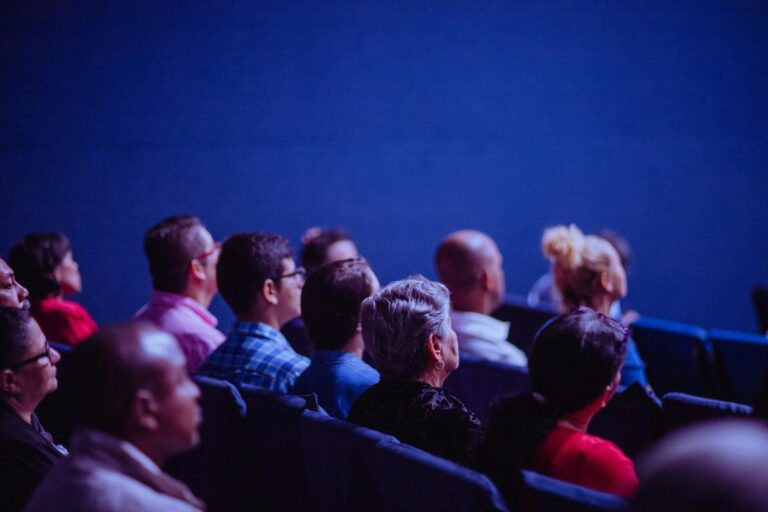Unlocking the Magic: How Music Creates Atmosphere in Video

In a world where visual content is king, it’s easy to overlook the powerful role music plays in video production. Yet, the inclusion of music, particularly instrumental sounds, can dramatically enhance the atmosphere, conveying emotions and messages without uttering a single word. From the haunting melodies that underscore a suspenseful scene to the uplifting strains accompanying moments of triumph, music is the unsung hero of video storytelling. This article explores the importance of music in video, the impact of instrumental sounds on the viewer’s emotional response, and offers insights into the art of sound design for video creators.
The Role of Music in Video
Music in video is not merely an addition; it is a vital component that complements the visuals to create a cohesive and immersive experience. The absence of spoken content focuses the viewer’s attention on the melody and rhythm, directing their emotional response and engagement with the narrative. This power of music to transform a simple sequence of images into a rich storytelling experience is what makes it indispensable in video production. Whether used to set the mood, emphasize a point, or provide narrative context, music bridges the gap between the screen and the viewer, making the video not just seen, but felt.
Creating Emotional Impact with Instrumental Sounds
The choice of instrumental music in a video can significantly influence the viewer’s emotional reaction. Different genres and tempos communicate different feelings and energy levels, guiding the viewer through the intended emotional landscape of the video. For instance, a slow, soft piano piece can evoke sadness or nostalgia, while a fast, upbeat rhythm might inspire joy and excitement. The key is to align the musical selection with the video’s mood and message, ensuring the music underscores the visual content without overwhelming it. By doing so, creators can effectively convey complex emotions and narratives without relying on spoken words.
The Art of Sound Design: Tips for Choosing the Right Music
Finding the perfect musical backdrop for a video involves more than just selecting tracks that match the desired mood. It requires careful consideration of the video’s pacing, tone, and audience. Here are some tips for creators to make informed choices in their sound design process:
- Understand the Video’s Objective: Before sifting through music options, have a clear understanding of what you want your video to achieve. The music should amplify the video’s purpose, whether it’s to inform, persuade, entertain, or evoke a specific emotional response.
- Consider Music Tempo: The tempo of the music should match the pacing of the video. High-energy videos may benefit from fast-paced tracks, while slow-motion or contemplative visuals might be better paired with slower, more melodic pieces.
- Be Mindful of Cultural Significance: Music carries cultural connotations that can influence viewer perception. Always consider the cultural context of your audience to avoid unintended interpretations or offenses.
- Test Multiple Options: Experiment with different tracks and observe how each changes the video’s feel. Sometimes the right choice is not the obvious one, and testing can reveal surprising matches between visuals and music.
The integration of music into video is both an art and a science, requiring attention to detail, sensitivity to audience perception, and an understanding of the emotional spectrum music can evoke. By mastering the use of instrumental sounds and the principles of sound design, creators can unlock the full potential of their video content, crafting experiences that resonate deeply with their audiences.



